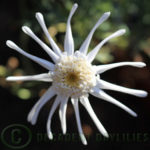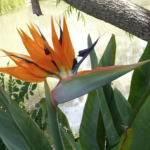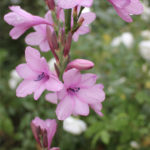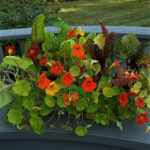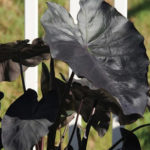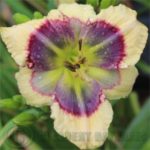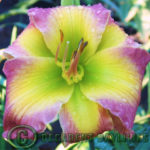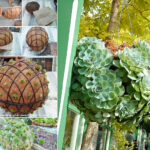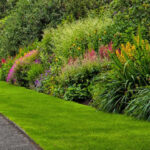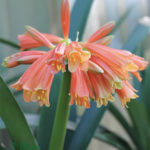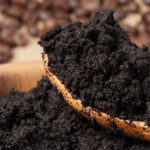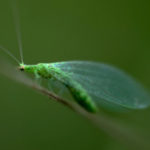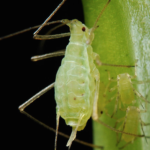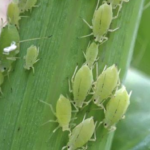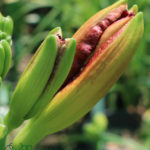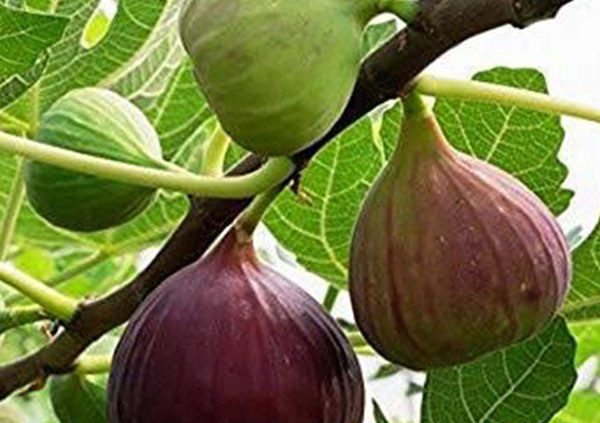
Fig Tree Pruning: How To Grow and Care For A Fig Tree
All You Wanted to Know about Growing and Pruning Fig Trees
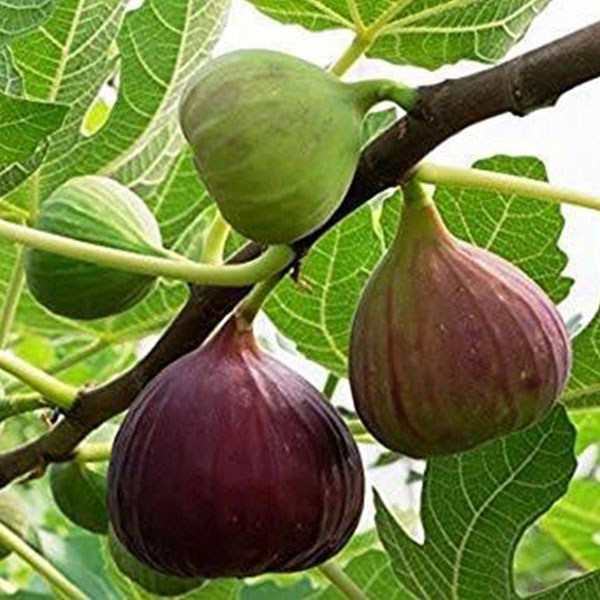 The fig is a delicious and nutritious edible fruit. The varieties of fig trees seen in Australia are Ficus ‘Spanish Dessert’, Ficus ‘Yellow Ischia’, Ficus ‘Capri’ and Ficus ‘Black Ischia’. The fig can be grown in small to medium sized backyard spaces. Figs will thrive on Australian climate as it loves Mediterranean climate like mine, which has warm and long hot summers and cool winters. I never see figs for sale in supermarkets here where I live maybe its because fig trees are so easy to grow in my area. Tune in to see how simple it is to grow your own Fig Tree.
The fig is a delicious and nutritious edible fruit. The varieties of fig trees seen in Australia are Ficus ‘Spanish Dessert’, Ficus ‘Yellow Ischia’, Ficus ‘Capri’ and Ficus ‘Black Ischia’. The fig can be grown in small to medium sized backyard spaces. Figs will thrive on Australian climate as it loves Mediterranean climate like mine, which has warm and long hot summers and cool winters. I never see figs for sale in supermarkets here where I live maybe its because fig trees are so easy to grow in my area. Tune in to see how simple it is to grow your own Fig Tree.
Growing Conditions
Where do Fig Trees Grow Figs can be grown in any kind of climate, though it prefers a Mediterranean type of climate. It can grow in areas where winters are heavy. All you need to do is to protect the young trees during heavy frosting. They can tolerate drought, but the fruit production will be affected if it does not get its required water. The fig trees can grow and bear fruits if grown in large pots.
- To grow a good fig, you need to plant it in a neutral pH soil that is rich and also drains water fast.
- If you need to see the tree grow, you need to give a good layer of straw mulch as well as homemade compost regularly, once established they need little or no fertiliser yet never fail to crop each year.
- It is better to plant the fig trees in raised beds as it needs good drainage.
- You should plant the fig tree in a spot where there is enough direct sunlight and less wind.
- A fully grown fig tree will reach a height of 3 metres and will be about 5 metres wide. Keep this in mind when planting the tree.
Prune New Fig Trees For The First Time
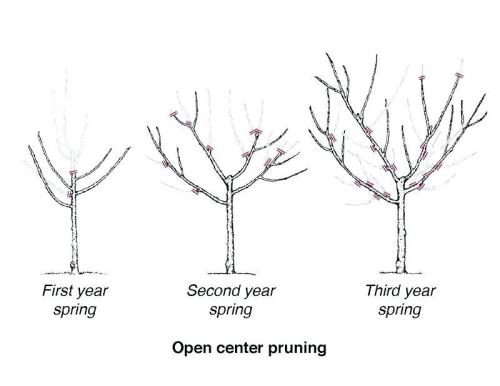 The first time you should prune the fig tree is when you have transplanted your young fig tree from the large pot to the ground. Trim the tree to about half its size. This way the tree will develop its roots and get good contact with the ground. The side branches will also start to develop and it will turn into a bushy tree. Next, you need to prune the fig trees for growing the ‘fruiting wood’ during winter. You need to choose about 6 to 8 branches as your fruiting wood and prune off the remaining branches to keep the figs healthy
The first time you should prune the fig tree is when you have transplanted your young fig tree from the large pot to the ground. Trim the tree to about half its size. This way the tree will develop its roots and get good contact with the ground. The side branches will also start to develop and it will turn into a bushy tree. Next, you need to prune the fig trees for growing the ‘fruiting wood’ during winter. You need to choose about 6 to 8 branches as your fruiting wood and prune off the remaining branches to keep the figs healthy
When Is The Best Time To Prune Large Fig Trees
Once the tree becomes healthy the right time to prune a fig tree is when it becomes dormant and rested from growing during winter. Then go ahead and prune off all the dead branches back from the fruiting wood and then the secondary branches that are growing close to the main branches. Finally, you need to chop off the main branches by 1/3rd of its size to a workable height of no more than 4ft to help it bear tasty fruits. They will grow another 2 feet during the growing season, left any taller you will not be able to reach the fruit at harvest time. Remove any suckers that are growing at the base of the tree as well.
Which Fig Tree is Best
I think the best variety of fig for a delicious taste is the brown turkey that has pinkish sweet flesh and like most fig trees they are self pollinating. They turn up during early summers and late autumns. Other popular fig varieties to buy are: Fig Preston Prolific, Black Genoa Fig Tree, Fig White Genoa and Fig White Adriatic. It will take at least 4 years to get a decent amount of fruit from the trees.
Pests and Diseases that Affect Fig Trees
Fig Rust and Anthracnose – These are fungal diseases affecting figs. If you see powdery yellow spots on the fig leaves, then it is due to fig rust. Small black or brown spots on the leaves are caused due to Anthracnose. Use copper based fungicides to control these attacks.
Fig Mosaic Virus- This causes damage to the pigment of the leaf and you can find a mottled pattern on the leaf. If so, you should destroy the plants.
Fig Blister Mite- This will infect the younger leaves and bud scales. It will feed on the leaves to make it look fainted. If you spot this, use organic pesticides to prevent its development.
Figs are a very healthy for you and are a good source of iron, fibre and potassium. They can be used in cooking eaten fresh or dried. They are my favourite fruit to make jam at home.


